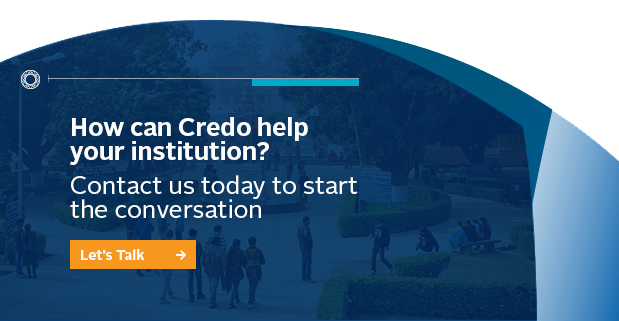
March 10 2012
This is a continuation and final post to my blog series about what every institution should consider to ensure that an adult education program fits with an institution’s past, present and future goals. My third blog post on adult education discussed a few other things an adult education program should consider. Let's revisit what we've discussed before.
Previously I highlighted that an Adult Education Program must have:
1. Institutional Mission-Driven Objectives
2. Integrated Market Research, Branding, Promotion
3. Streamlined Organization & Systems
4. Distinctive, Relevant and Affordable Programs
5. Feeder Partnerships and Relationships
6. Student-Centered Delivery Modalities
7. Reliable Technology Solutions
8. Rigorous Curriculum Oversight
9. Uncompromising Access & Convenience
Continuing down our Adult Education Truths path, here are the final three key areas to consider:
Intentional Faculty Selection, Development and Evaluation
Faculty are a key element to your adult education program. Without support from a dedicated team in the teaching and learning process, and without planning and strategic evaluation of programs, an adult education program can easily fail. Annual reinvestments in adult education staff and resources is just as critical as maintaining a rigorous curriculum that is driven by an institution's faculty.
- What is the faculty recruitment and selection process in the adult education program area?
- The course assignment/approval process?
- What kind of faculty development is available?
- How does this differ for full-time versus adjunct faculty?
- How are faculty evaluated and on what basis?
- What are the characteristics of an adult education faculty member that the College would celebrate and seek to duplicate in all faculty?
High-Tech High-Touch Environments
Just as important as technology, high-tech high-touch environments are essential to the success of adult students. The ease of online navigation and access; the ability for adult students to interact and be comfortable using the technology to support this; and the physical and virtual environments should all support their educational experience.
- What is the virtual and/or classroom environment like in terms of technology and comfort?
- How do the physical and/or virtual locations where classes and programs are offered contribute to convenience and accessibility for potential students?
Annual Financial Reinvestment
Last and certainly not least, financial reinvestment in adult education programs, services and people are essential and should be reviewed annually. What has worked, and what needs to be adjusted to ensure the utmost care, service and creative learning environment for adult students needs to be reviewed.
- What annual percentage of gross or net revenue generated from adult education programs is targeted for improvements in curriculum or operations in that area?
- For new ventures in that area? For overall College needs?
FINAL THOUGHTS ON ADULT EDUCATION PROGRAMS
While all of these factors are very important, several more need to be considered to be sure your institution’s adult education program thrives. Outcomes assessments have been another solid measure of an institution’s adult education success. Graduates from adult programs tend to perform better academically than traditional students. Adult education programs also enhance your institution's alumni base; these programs produce graduates who are well prepared and can speak to their unique experiences.
Of course, adult education programs are one way to increase revenue streams, but these programs must be cemented by a great institutional team, and supported by the most feasible and top-notch physical and virtual environments.
Want to learn more? Reach out to Credo today and start a conversation!
Recent Posts
- Richard Dunsworth, J.D., To Receive 12th Annual Courageous Leadership Award December 16 2024
- Meet the 2024 Credo Values Award Recipients August 27 2024
- What is Executive Coaching, Really? June 25 2024
- Credo & The Constructive Dialogue Institute Announce A New Partnership For Higher Education Leadership Development March 7 2024
- Celebrating Women And Gender-Diverse Learners & Leaders February 28 2024
Categories
- Strategy
- Leadership
- Student Success
- Student Success & Retention
- Enrollment
- Pivot
- Strategic Planning
- Leadership Development
- News
- Strategic Enrollment
- Campus Planning and Architecture
- Moving the Needle
- Data
- Research
- Retention
- Campus Master Planning
- Enrollment & Financial Aid
- Academic Programming
- Campus Planning
- Thriving
- Admitted Student Research
- Architecture
- Finance
- Advising
- Admissions

